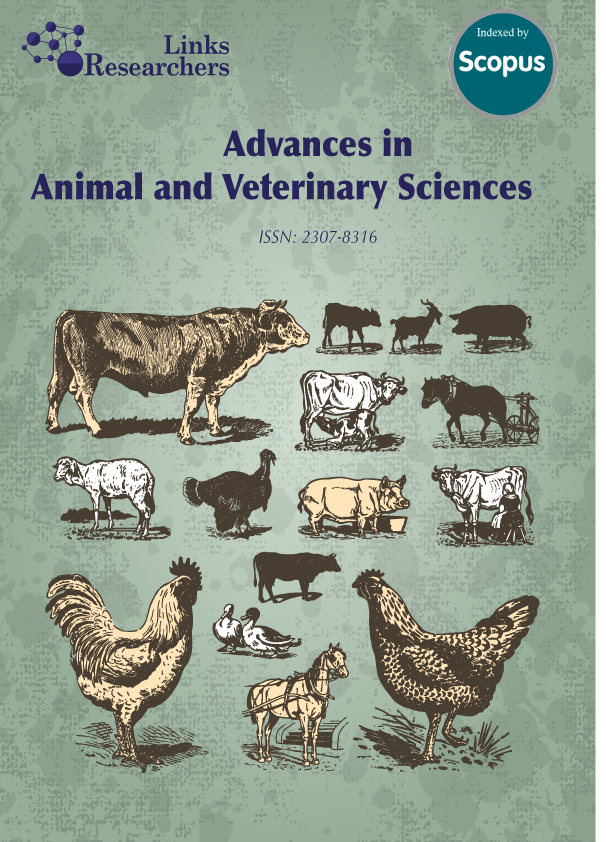Effect of Rumen-Degradable Protein (RDP) to Non-Fiber Carbohydrate (NFC) Ratio in Cattle Feed on NH3 Production, Volatile Fatty Acids (VFA), and Protozoal Populations: An in Vitro Study
Effect of Rumen-Degradable Protein (RDP) to Non-Fiber Carbohydrate (NFC) Ratio in Cattle Feed on NH3 Production, Volatile Fatty Acids (VFA), and Protozoal Populations: An in Vitro Study
Ujang Hidayat Tanuwiria1*, Andi Mushawwir1, Alika Yulistina2, Najmah Ali3
ABSTRACT
To share on other social networks, click on any share button. What are these?






